How to Make a Simple Lasagna at Home
I call this basic recipe “Lasagna – One Two Three” for three reasons.
- It’s as easy as one-two-three to make.
- It’s just as easy to make three at a time so you can eat one now and freeze the other two for another time.
- It is delicious!
Lasagna is one of those dishes that I think always tastes better the next day after the flavors have had a chance to meld together. In fact, I usually cook one of the lasagnas the night before I plan to serve it.
And you should see my 16-month-old daughter scarf it down. She loves it.
The most time-consuming aspect of preparing these lasagnas besides prepping ingredients is assembly. It’s much more fun to work with a friend or a spouse when putting the lasagna together.
You might want to think of it as an assembly line where each of you is responsible for particular ingredients.
What Is Lasagna?
Lasagna is a traditional Italian dish made with layers of pasta, cheese, and a meat or vegetable filling, all baked together in a casserole dish. The pasta used in lasagna is typically wide, flat noodles called lasagna noodles, but other types of pasta can be used as well.
The filling can vary widely and can include ingredients such as ground beef, sausage, ricotta cheese, mozzarella cheese, and vegetables such as mushrooms or spinach.
To make lasagna, the ingredients are layered in a baking dish, starting with a layer of pasta, followed by layers of filling and cheese. The dish is then baked in the oven until the pasta is tender and the cheese is melted and bubbly.
Lasagna is typically served hot and can be garnished with additional cheese, fresh herbs, or a sprinkle of red pepper flakes.
Lasagna is a popular and flavorful dish that is enjoyed all over the world. It is often served as the main course at family gatherings or special occasions, and can be made ahead of time and reheated for an easy and convenient meal.
Who Invented Lasagna?
The origins of lasagna are somewhat disputed, as the dish has a long and complex history. It is believed to have originated in Italy, where it has been a popular and beloved dish for centuries.
The word “lasagna” is derived from the Greek word “lasanon,” which means “chamber pot.” It is thought that the first lasagna was made by layering pasta with other ingredients in a similar way to how the ancient Greeks layered their food in a “lasanon.”
Lasagna as we know it today is thought to have developed in the Emilia-Romagna region of Italy, where it is still a popular and traditional dish. The first written recipe for lasagna appears in a medieval Italian cookbook called “The Art of Cooking,” which was written by Maestro Martino in the 15th century. In this recipe, lasagna is made with layers of pasta, cheese, and a meat sauce made from veal, chicken, or pigeon.
Today, lasagna is enjoyed all over the world and has become a staple of Italian cuisine. It has also inspired many variations and adaptations, with different regions and cultures adding their own twist to the traditional dish.
The Most Basic Lasagna You Can Make
This recipe is for the most basic lasagna you can make. This should be your starting point and you would add on from here. For example, this recipe calls for a basic tomato sauce.
A basic tomato sauce can range from a can of Hunts Tomato Sauce to my Basic Tomato Sauce. How about a meat sauce with beef, pork, veal, or a combination of all three?
Or maybe you prefer a vegetarian lasagna like Spinach & Roasted Pepper Lasagna. The number of variations is endless and makes for another “clean out your fridge” recipe.
The lasagna noodles can be dried, fresh, or the no-boil variety. I prefer the no-boil type because it reduces the preparation time and with two kids, anything to save time and not lose quality is a bonus.
If you can find fresh mozzarella cheese and can afford it, well it will only add to the flavor.
Same with the Parmesan cheese. Freshly grated is better than the processed stuff you can buy at the supermarket. As with any recipe, the better the ingredients the better the outcome, but this is a dish you can cheat a little.
If you make a great sauce and can’t find fresh mozzarella, don’t worry about it. If you used canned sauce but have some freshly grated Parmigiano-Reggiano the lasagna will come out fine.
What Should You Make Your Lasagna In?
Lasagna is typically baked in a large, rectangular baking dish, either made of ceramic, glass, or metal. The size and shape of the dish will depend on the size of the lasagna and the number of servings you need.
A 9×13-inch baking dish is a common size for a standard-sized lasagna recipe, but you can also use a smaller or larger dish depending on your needs.
When choosing a baking dish for lasagna, it’s important to consider the material of the dish and how it will conduct heat. Ceramic and glass dishes are good choices because they conduct heat slowly and evenly, which can help to prevent the pasta from becoming overcooked or burnt. Metal baking dishes are also an option, but they tend to conduct heat more quickly, so you may need to adjust the cooking time or temperature accordingly.
It’s also a good idea to choose a baking dish with high sides, as the layers of pasta, filling, and cheese can be quite tall. This will help to prevent the ingredients from spilling over the sides of the dish while it’s baking.
Finally, be sure to use a baking dish that is large enough to hold all of the layers of the lasagna without overcrowding. This will allow the ingredients to cook evenly and ensure that you end up with a delicious and well-cooked lasagna.
Can I Use Aluminum Pans?
Yes, you can use aluminum pans for making lasagna. Aluminum is a good conductor of heat and is lightweight, making it a popular choice for bakeware.
However, there are a few things to consider when using aluminum pans for lasagna:
- Heat conductivity: As mentioned earlier, aluminum is a good conductor of heat, which means it can transfer heat quickly and evenly. This can be a good thing when it comes to baking lasagna, as it can help the pasta and filling to cook evenly. However, it can also mean that the bottom layer of the lasagna may cook more quickly than the top, so you may need to adjust the cooking time or temperature accordingly.
- Reaction with acidic ingredients: Aluminum can react with acidic ingredients such as tomatoes, which are commonly used in lasagna. This can cause the metal to leach into the food and give it a metallic taste. To prevent this, you can use a non-stick cooking spray or line the pan with parchment paper before adding the ingredients.
- Durability: Aluminum pans are generally lightweight and thin, which can make them prone to warping or denting. Be sure to handle the pan carefully while it’s in the oven and when it’s hot, as it may be more fragile than other types of bakeware.
Overall, aluminum pans can be a good choice for making lasagna, as long as you keep the above considerations in mind. Just be sure to use a non-stick cooking spray or parchment paper to prevent sticking, and be careful when handling the pan to prevent damage.
How to Prevent the Top Layer of Lasagna from Becoming Too Crispy?
Please check out my post Cure for Crispy Top Layer of Lasagna.
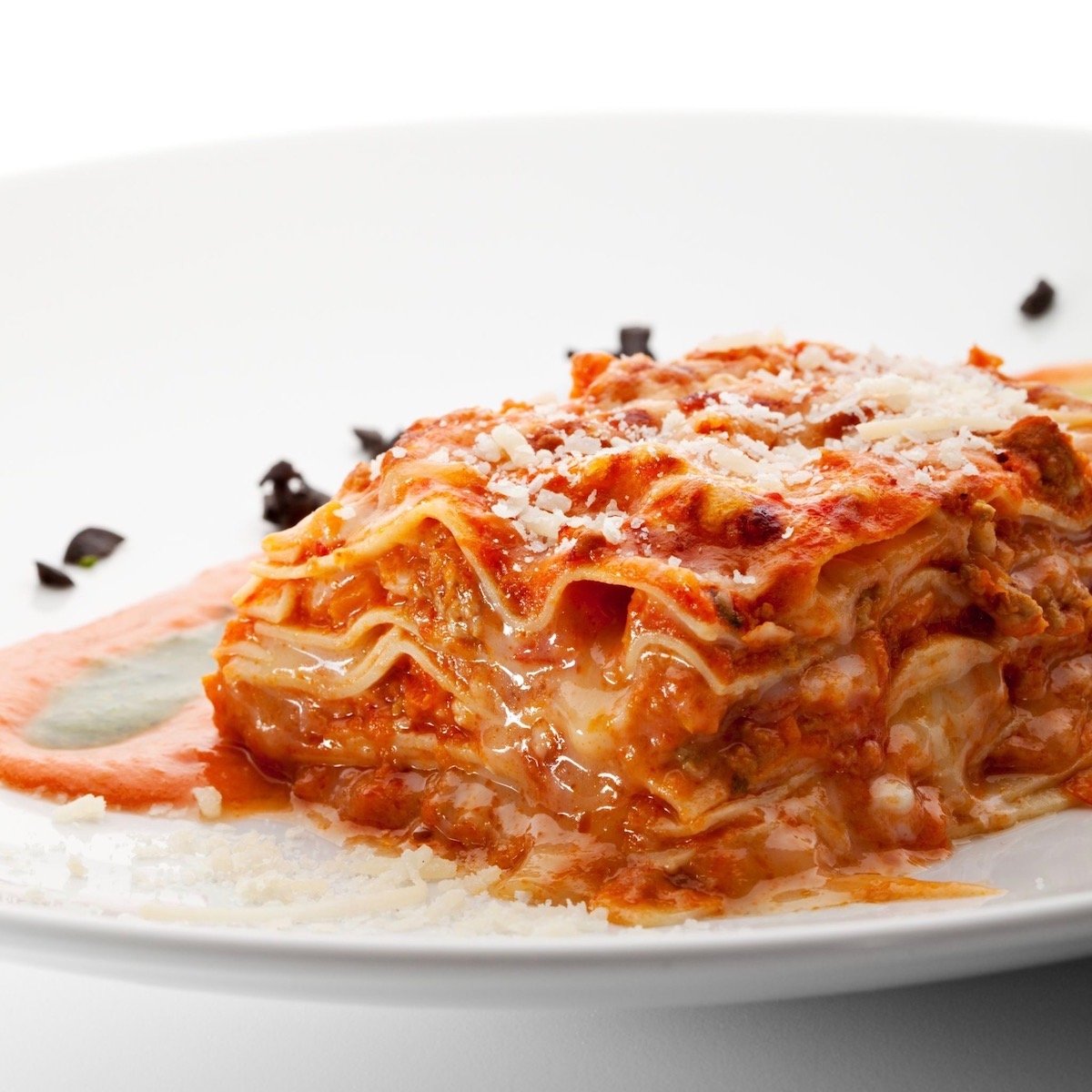
Comfort Food In All Its Glory
Lasagna Recipe
Ingredients
- 4 cups tomato sauce or meat sauce, your choice
- 1 pound lasagna noodles
- 3 eggs
- 1½ cups Parmesan cheese grated
- 32 oz ricotta cheese
- 2½ lb Mozzarella cheese
- pinch dried oregano, thyme and basil
- salt & pepper to taste
- olive oil to coat the pans
Instructions
- Preheat the oven to 400° F and if you are using standard lasagna noodles, bring a pot of water to boil to cook them.
- In a large bowl, mix together the eggs, Parmesan cheese, and ricotta cheese and season with salt, pepper, and spices.
- Lightly coat the bottom of each pan with oil. (I like to use spray olive oil for this job)
- Add a little sauce to coat the bottoms. This is especially important if you are using the no-boil noodles because the sauce will help them cook.
- There are no hard and fast rules about the order you add ingredients, but it's basically adding a layer of pasta, some of the ricotta cheese mixture, more sauce, another layer of pasta, some mozzarella cheese, some more ricotta cheese mixture, more sauce and so on until you run out of ingredients.The ingredients will settle a little bit when you bake the lasagna so build right to the top. Make sure you finish with sauce and if you have any left over, save it for when you are serving.
- Cover each pan with some aluminum foil and bake for about 35 to 45 minutes until the center of the lasagna is hot, the cheese is melted, the edges are crisp, and your kitchen smells heavenly.

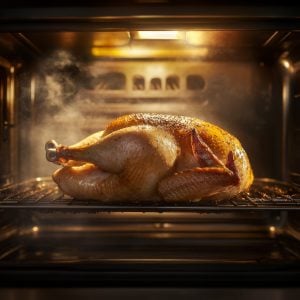
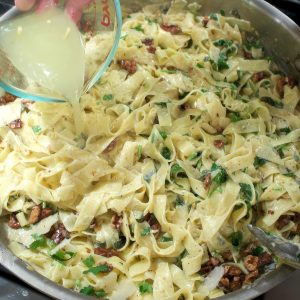
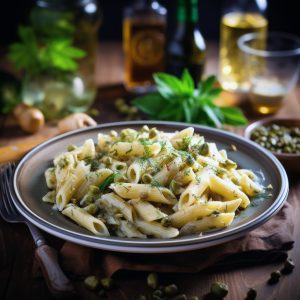
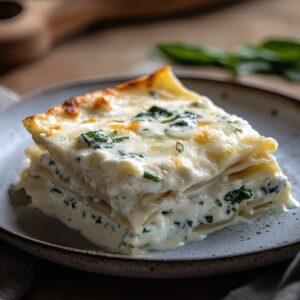
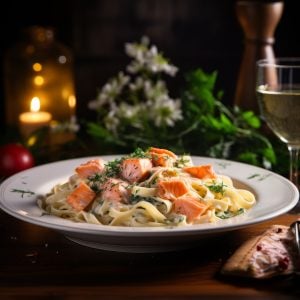
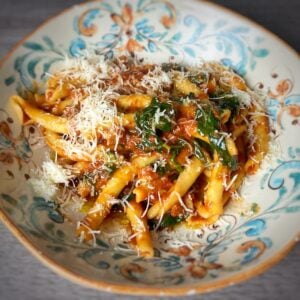
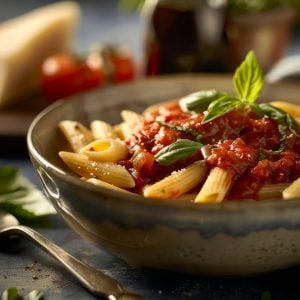
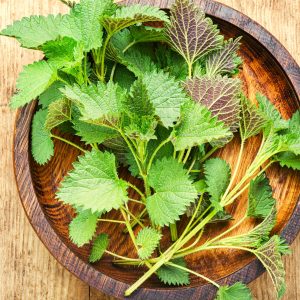
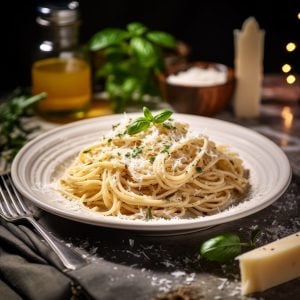


4 Responses
Thanx 4 tha advice. it will surely come in handy today and my brothers will love the meal.
lasagna is one of my favorite food. but i still need some practice to make it perfect cooking.
Came for the time. I’m using ground turkey and not boiling the noodles so I added some beef broth for flavor.
Thanks
Thanks for sharing this recipe, will surely try this!